It’s never too late in the summer to find your next beach read, particularly when 2021 has given us such a bumper crop of LGBTQ2S+ books.
From breezy rom coms to authoritative histories, we’ve covered so many stellar titles over the last few months, it’s time to bring them all together in one place to make the perfect reading list. Here’s a list of what Xtra contributors have loved so far this year and just a taste of why. These are in no particular order because we want you to read them all—just kidding (not kidding).
One Last Stop by Casey McQuiston
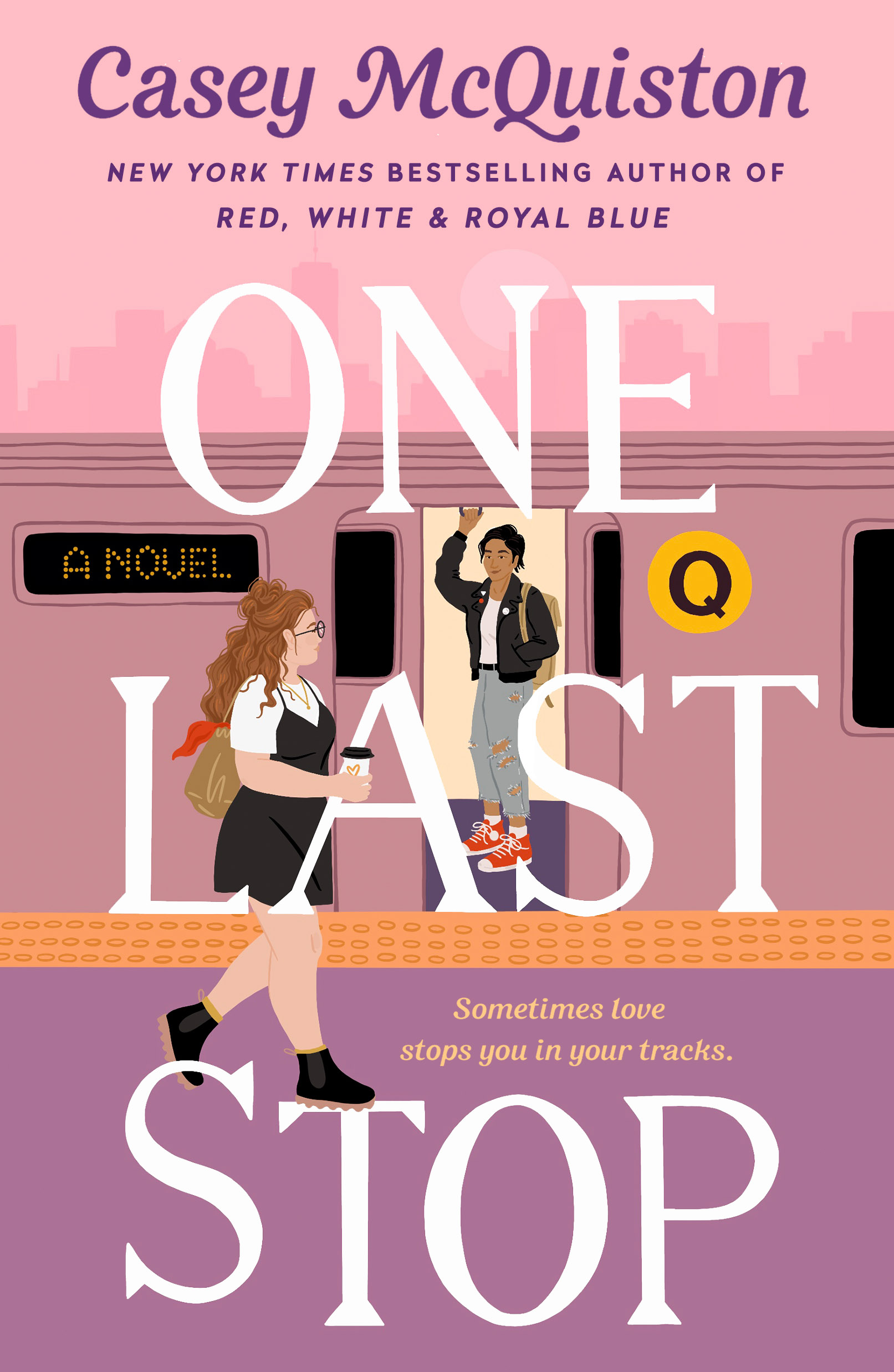
Credit: St. Martin's Publishing Group
In the introduction to her interview with queer novelist Casey McQuiston, contributor Molly Sprayregen laid out the intriguing premise of the time-travel adventure One Last Stop (St. Martin’s Griffin), which made the top 10 list of paperback fiction titles on the Los Angeles Times’ bestseller list.
“Twenty-three-year-old August, lonely and insecure, has just moved to New York City when she meets the alluring, leather jacket-clad Jane on the subway. For some reason, the two of them cannot stop running into each other on August’s daily commute.”
Jane, it turns out, has been displaced in time from the 1970s, and needs help getting back to her own era.
“August embarks on an ambitious quest to send Jane home—but she doesn’t do it alone. When she moves to New York City, August begins living with a vibrant cast of queer roommates: Niko, a psychic; Myla, a sculptor; and Wes, a moody tattoo artist. Then there’s Isaiah, who lives across the hall, is madly in love with Wes and is also a drag queen who goes by Annie Depressant. In this loving, dynamic group, August finds a family, one who drops everything to help her save Jane.”
¡Hola Papi! by John Paul Brammer
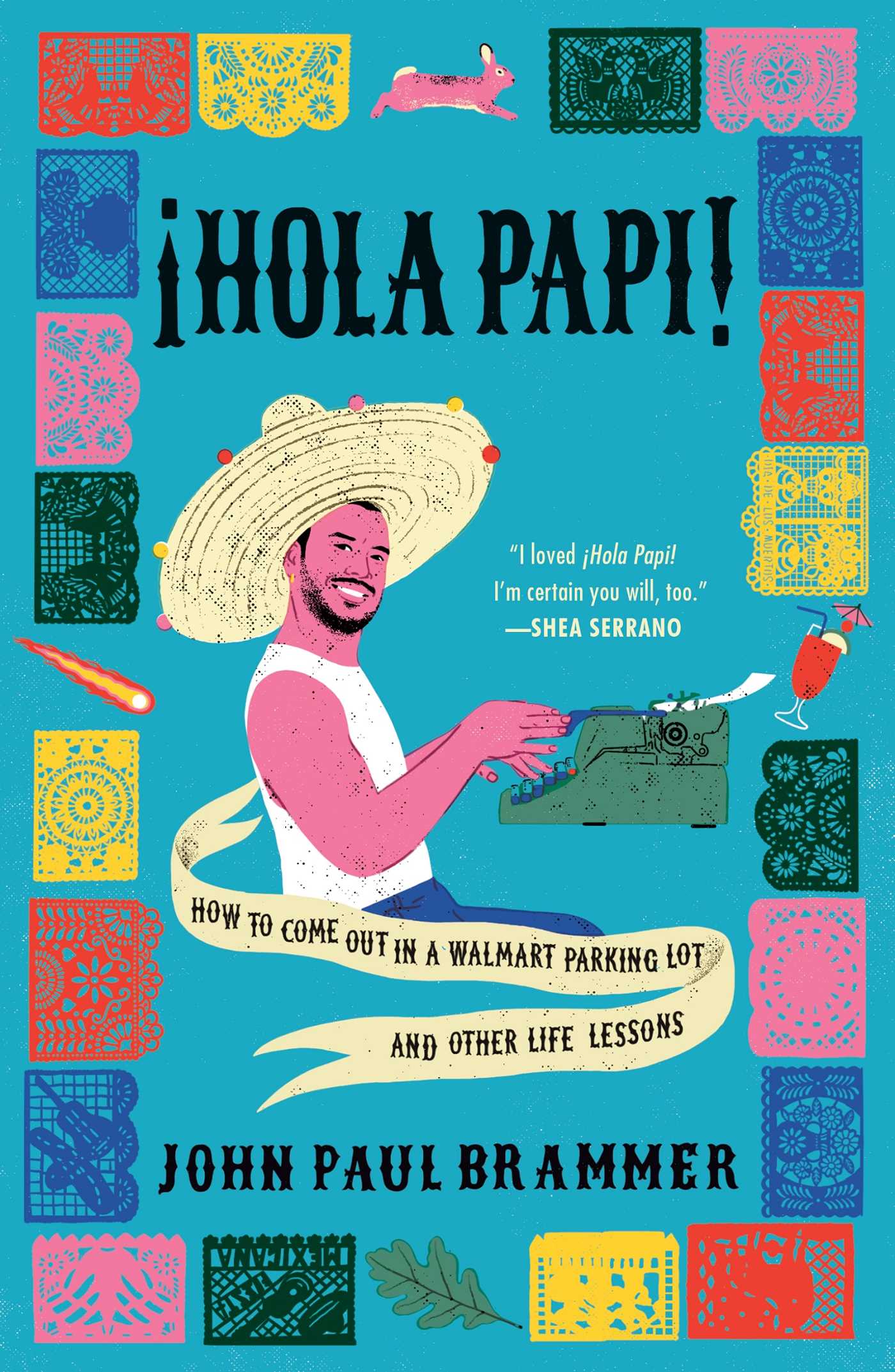
Credit: Simon & Schuster
Arvin Joaquin sat down (virtually, of course) with Brooklyn-based columnist, author, illustrator and content creator John Paul Brammer to talk about his debut book, ¡Hola Papi! (Simon & Schuster), a memoir based on his LGBTQ2S+ advice column. Joaquin asked Brammer how he balanced writing a memoir with giving advice.
“It’s been strange,” Brammer said. “The whole book is sort of about me wrestling with this identity of ‘who am I to be answering anyone’s questions, because I don’t know anything.’ It was really easy at the very beginning, because ¡Hola Papi! started out as a parody. Humour is a landscape that I’m super comfortable with, it’s sort of my reflexive crutch.
“But with the book, and also the later columns, I realized that you can’t just be a parody all the time—especially for what I was trying to do. Some of these letters are just not funny. I can find ways to put humour in my response, but the situation at hand doesn’t call for just me being a clown the whole time. I had to start taking them seriously, and it was that seriousness, or the call for it, that really got me thinking about my life. They got me thinking about what my credentials were.”
The Secret to Superhuman Strength by Alison Bechdel
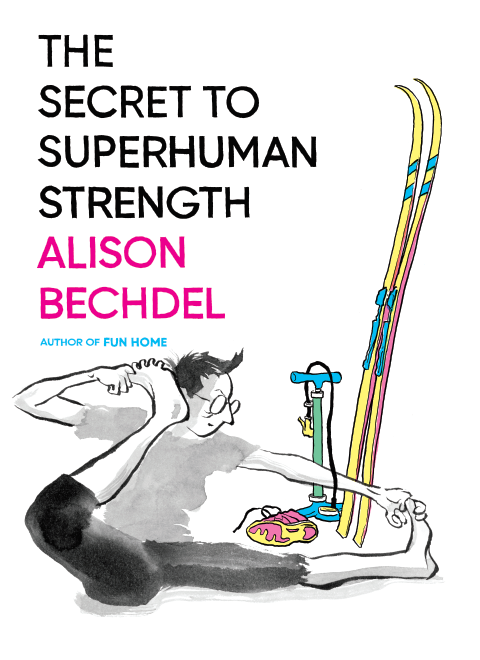
Credit: Houghton Mifflin Harcourt
Talking to Alison Bechdel about her latest book, The Secret to Superhuman Strength (Houghton Mifflin Harcourt), Jennifer Camper praised the graphic memoir’s beautiful illustrations and well-considered art direction. Camper, a longtime friend of Bechdel, also noted how the subject matter of physical fitness was a perfect entry point to learn about Bechdel’s worldview.
“The comic’s chapters are divided into decades and recount how she pursued and used exercise at different stages of her life. Woven into her personal story are musings about writers who also sought transcendence through activity in nature, including Margaret Fuller, Samuel Coleridge, William Wordsworth, Jack Kerouac and Adrienne Rich. She explores her quest to quiet her mind through activity, to achieve what is sometimes called ‘flow.’ Her portrayals of women’s physical pursuits highlight a time-honoured aspect of dyke culture.
“Queer women need strength and independence to survive. Exercise and sports foster connections, from softball teams to lesbian camping trips—and the sensuality of bodies in motion can’t be denied.”
Let the Record Show: A Political History of ACT UP New York, 1987-1993 by Sarah Schulman
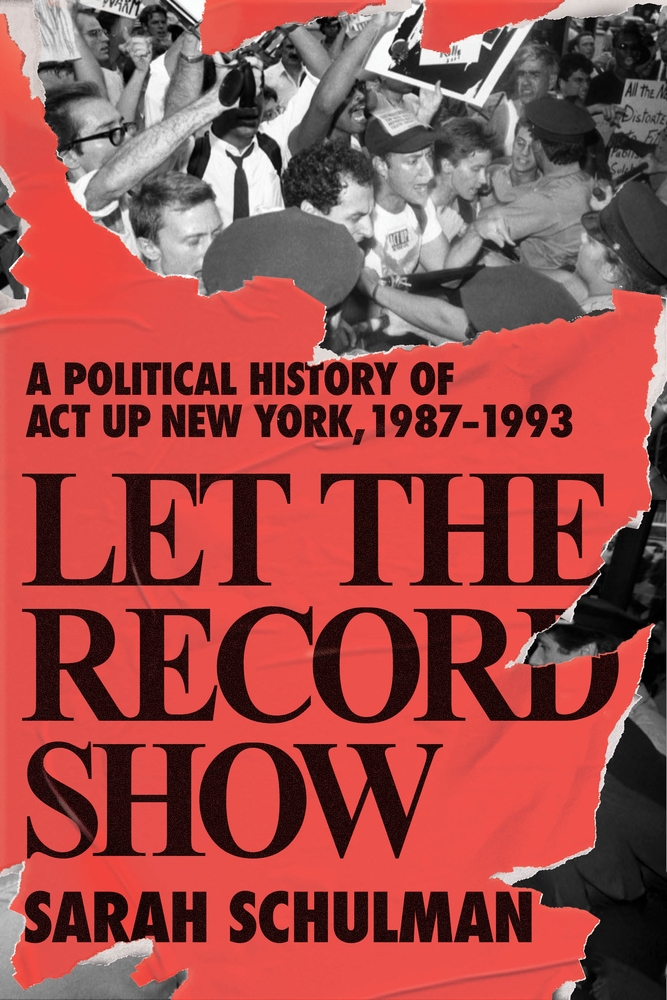
Credit: Farrar, Straus and Giroux
When I talked to Sarah Schulman about her years-in-the-making opus about the influential New York activist group AIDS Coalition to Unleash Power (ACT UP), I was fascinated with her determination to make the content relevant today; Let the Record Show (Farrar, Straus and Giroux) wasn’t so much a looking back as a scavenging for ideas, strategies, tactics and formulas that could be applied to any movement that’s playing the part of David in a battle against a Goliath.
“Schulman concludes that social change is achieved by a small group of people working hard, not large groups of people doing light lifting. ‘It takes a very focused and committed group that’s determined to be effective,’ she says. ‘There’s a lot of people who waste their time being in political movements sort of halfway, who are not effective. I think there are people who just want to feel good more than they want to actually win. And that can be an obstacle.’
“Unfortunately, so much of the focus and commitment that made ACT UP so effective—and the passion that made participants feel like they were part of a supportive community—was driven by desperation; if they didn’t advocate for themselves, nobody else was going to step in. ‘People with AIDS had immediate needs that were very concrete and they knew what they were,’ she says. ‘So ACT UP would take the responsibility to design the solution in a way that was reasonable and then presented fait accompli to the powers that be.’”
Queer Love in Color by Jamal Jordan
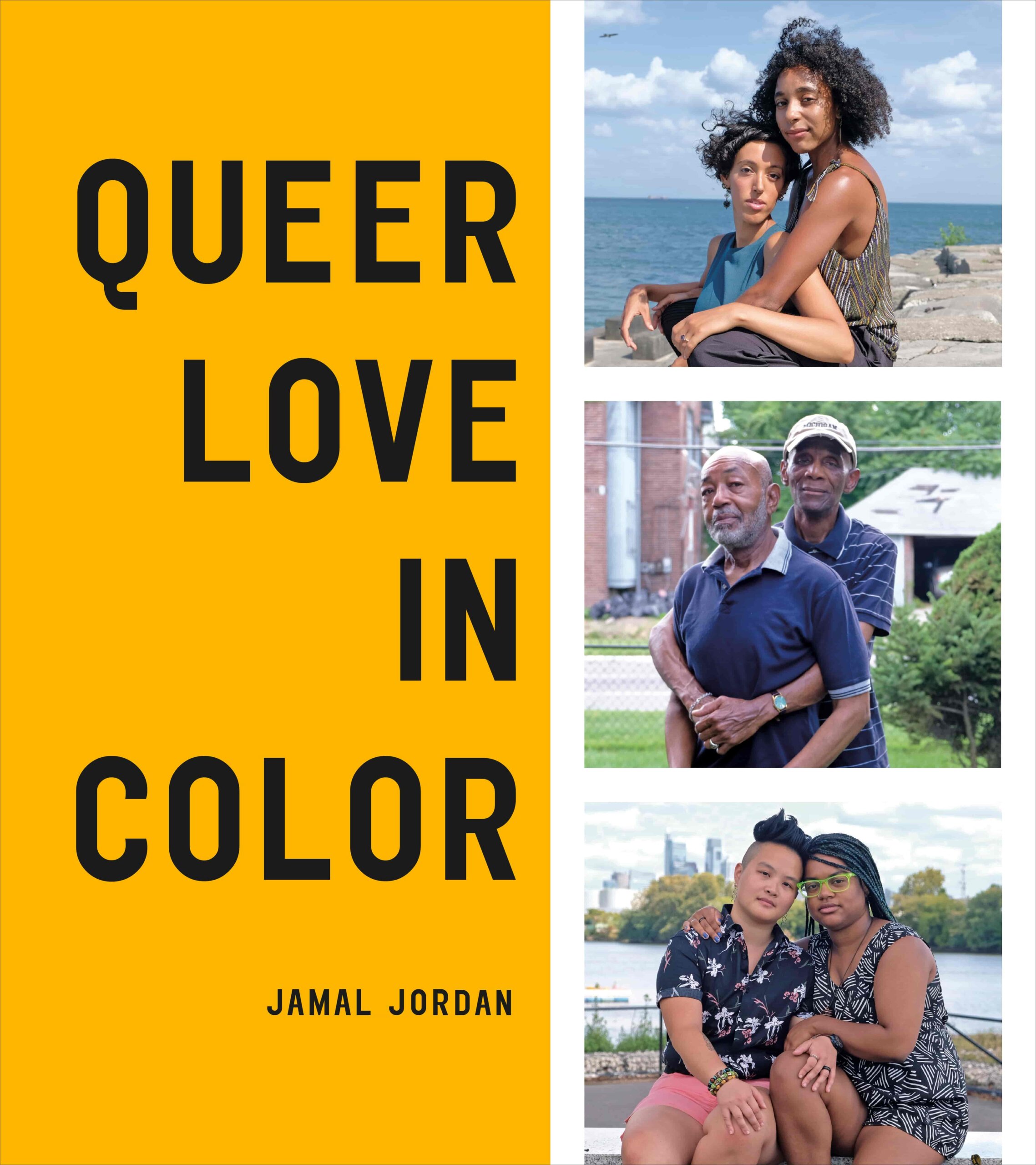
Credit: Ten Speed Press
Okay, sure, this beautiful book of photography may not be something you want to take to the beach where it might get wet. But Queer Love in Color (Ten Speed Press) provides inspiration to get out there and celebrate your own take on queer love.
Among the photos discussed is a portrait of septuagenarians Mike and Phil, who met each other at a Detroit church on Easter Sunday in 1967. It was an instant connection; they’ve spent every night together since. As a queer Black person, Daric L. Cottingham wrote, “Stories like these give me hope that I too can find love, be desired and wanted. Seeing the ways that these couples found their self-worth while discovering love and starting families is the fairytale ending I never see in the media landscape around me. With its message that queer people of colour have every right to love and be loved, this book is a true gift.”
Cottingham asked Jordan what advice he’d give to other photojournalists looking to tell compelling stories. “I always tell people to think of the story that you would just kill to see exist and one that you feel uniquely pulled to tell,” Jordan replied. “I always say, remember that, of all things, the strongest thing that photography does is help build empathy. It’s like grasping an idea—the entry point to whatever story.”
How We Do Family: From Adoption to Trans Pregnancy, What We Learned about Love and LGBTQ Parenthood by Trystan Reese
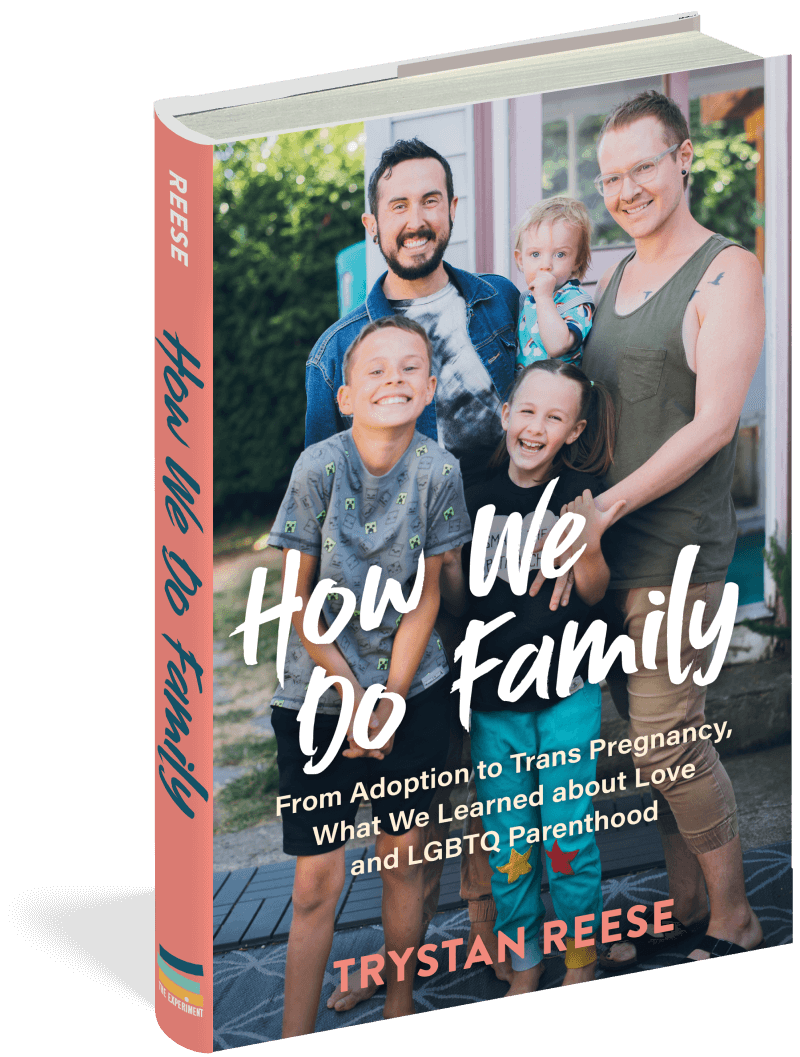
Credit: Workman Publishing
Here at Xtra, parenting stories get a lot of attention, so this wisdom- and advice-filled memoir was a must-read when it came out this spring. Sarah Prager wrote about how How We Do Family: From Adoption to Trans Pregnancy, What We Learned about Love and LGBTQ Parenthood (Workman Publishing) is just one step in Trystan Reese’s very public journey.
“After the 38-year-old’s pregnancy as a trans man made headlines everywhere from CNN to People in 2017, Reese took the newfound fame and translated it into a brand of trans visibility. The rise in celebrity status was far from glamorous—the transphobic comments hurled at him daily took a toll, and he no longer reads any social media comments or DMs to protect himself. But he and his spouse, Biff Chaplow, still say it’s worth it to share their lives with their five-figure social media following who enjoy peeking into the lives of the couple as they raise their three kids aged 13, 10 and three.”
Though Reese never set out to write a book, and found the process a tough one, Prager declares that the results are inspiring.
“The final product is a love letter to queer culture and queer strength and what people of any gender or sexuality can learn from it. How we do family is valuable and, as Reese says, writing our own playbook is a good thing.”
Love Is an Ex-Country by Randa Jarrar
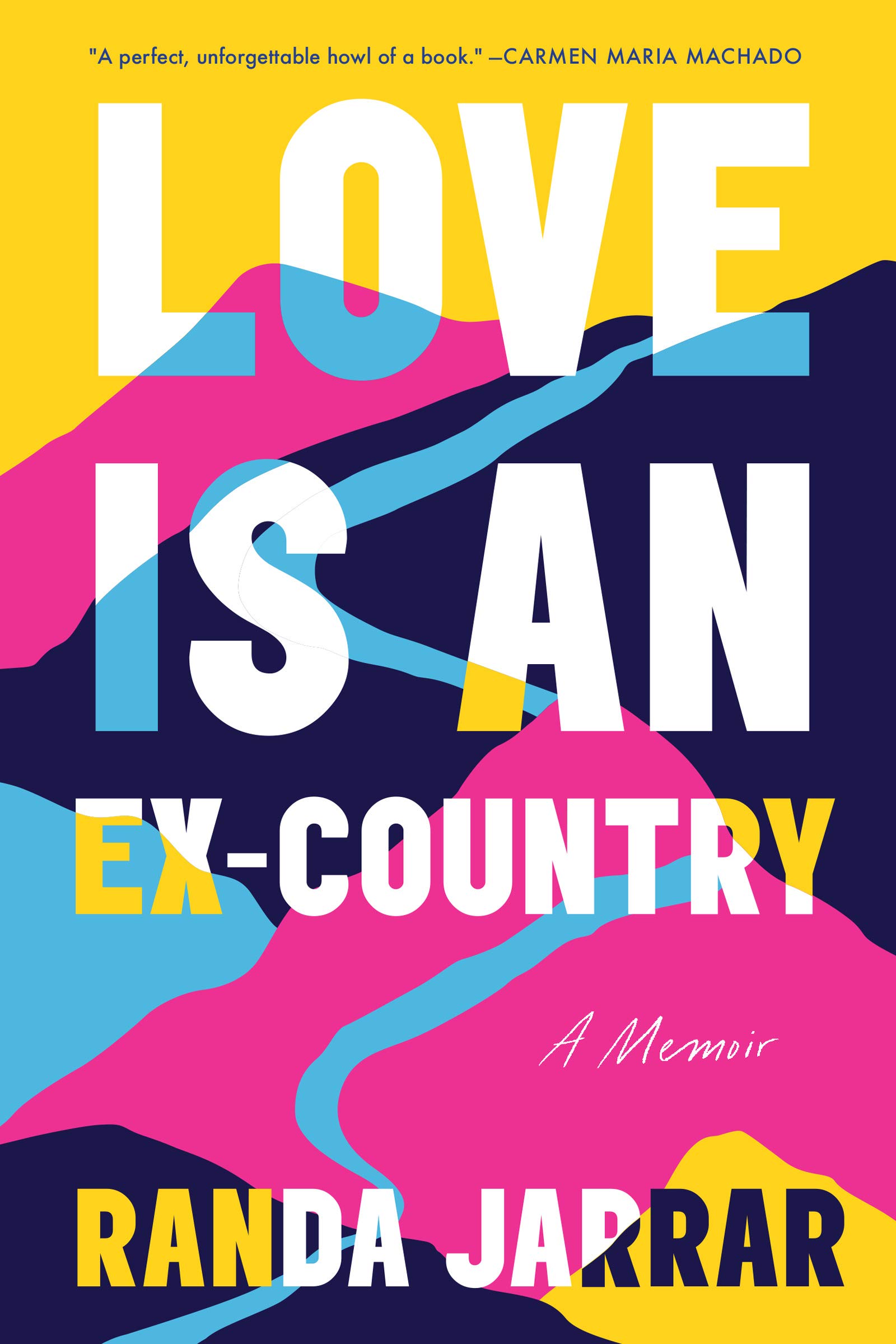
Credit: Penguin RandomHouse
When is a road trip story not exactly a road trip story? Although Randa Jarrar’s third book, Love Is an Ex-Country (Penguin RandomHouse), is constructed around a drive across the U.S. that the writer undertook in 2016, winding from Arizona to Connecticut, Nour Abi Nakhoul wrote that “the narrative is too restless to keep its focus on the road, and instead leaps along with the caprices of the driver’s memory and imagination. The irregular quilt of memories, thoughts, places and people that constitute Love Is an Ex-Country wraps around the reader tightly, the shift and swerve of the narrative oriented towards total immersion. With her topsy-turvy, in-motion narrative, Jarrar captures the sensation of meditating on one’s life while moving across a landscape.”
When Abi Nakhoul asked Jarrar about the book’s message, Jarrar replied:
“How can we now build? Those of us on the margins, who are queer: How do we build a world that is going to suit us, because the world is not built for us? How do we move forward to create the kind of world that we want to live in, that we hope for? If we were in charge, what would we do? Seeing the ways that younger people are fighting and calling each other in, and being so honest and badass, has been really inspiring to me.”
Milk Fed by Melissa Broder
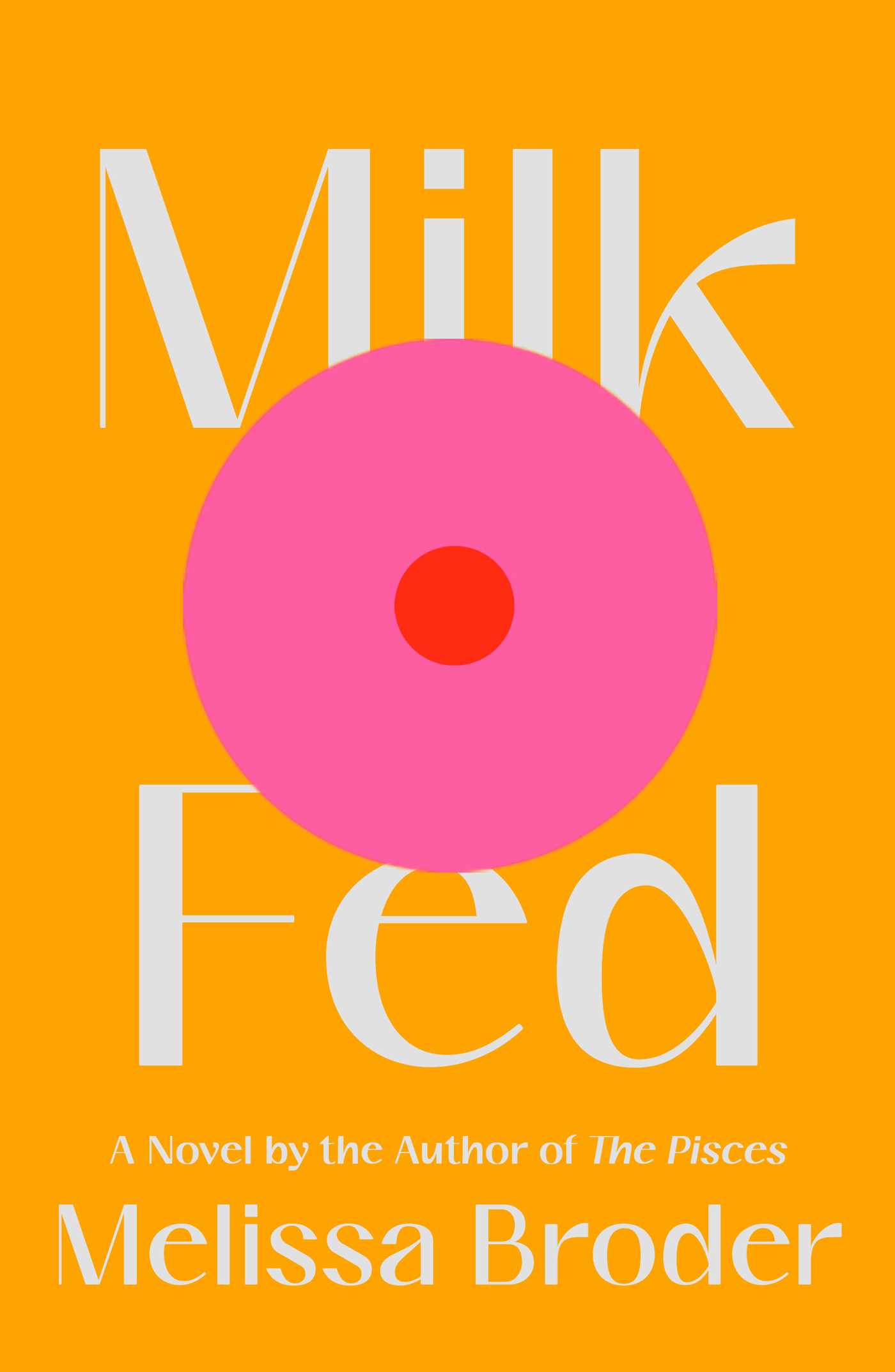
Credit: Scribner
Melissa Broder’s Milk Fed (Scribner) has been one of this year’s buzzier titles. Xtra contributor Harron Walker wrote that the novel is a story of finding oneself.
“Rachel is a twentysomething comedian living in Los Angeles. Despite her Hollywood surroundings, Rachel’s life is aggressively unglamorous. By day, she works in talent management, kid-gloving the careers of neotenous heartthrobs with dull concerns and ‘exhausting’ haircuts, all the while fixated on her next meal and how little of it she’ll eat. By night, she binges alone, judged only by her IKEA furniture. Her apartment’s streamlined furnishings reflect her disordered eating habits. ‘I wanted to be perfect, and by perfect I meant less,’ she tells the reader, sounding not unlike the version of Broder we met in the So Sad Today essay, ‘I Want to Be a Whole Person but Really Thin.’”
Walker asked Broder if they were exploring gender nonconformity or transness with the character of Rachel.
“There is a lot of fluidity in my books,” replied Broder. “You’ll see a lot of characters who identify as women who have cocks. I’ve seen some old school feminist readings of my work that imply that it’s a result of, like, penis envy which I think is very reductive. I don’t know what Rachel’s future holds in terms of her gender, though I should probably figure that out since we’re working on Milk Fed as a TV show right now!”
With Teeth by Kristen Arnett
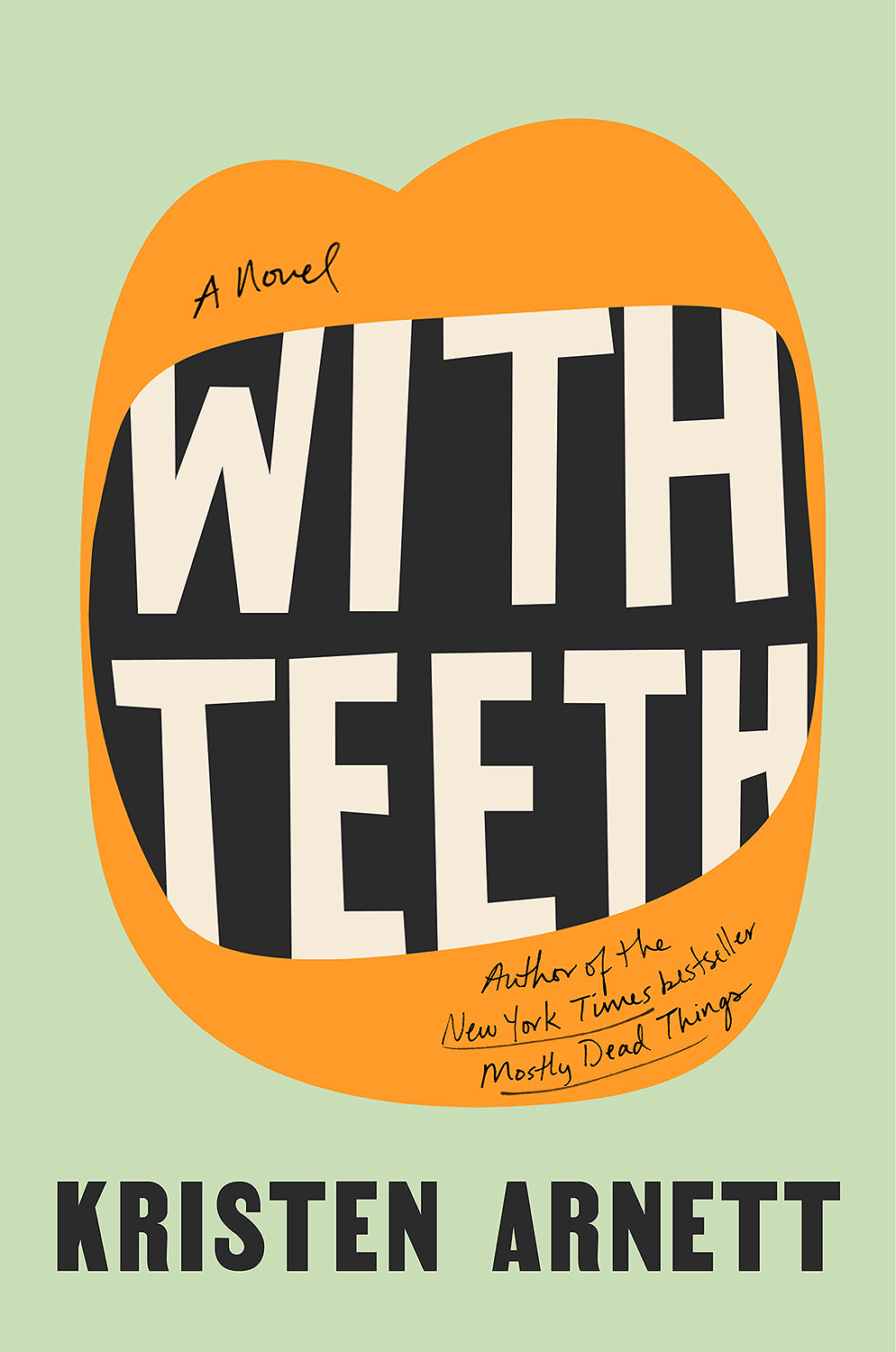
Credit: Riverhead Books
Kristen Arnett’s second novel, With Teeth (Riverhead Books), the followup to her bestselling debut, Mostly Dead Things, sees the Florida writer (and librarian) grapple with lesbian parenthood in true Southern style. Mel Woods tracked down Arnett to ask big questions like: What does queerness mean?
“It’s a thing that’s changing all the time and that I’m reconsidering,” replied Arnett. “That’s maybe the heart of queerness for me—this kind of adaptability and change. It’s not a static thing. When I feel like I understand something about myself, it’s an unlearning and relearning.”
They also talked about what Arnett’s perfect lesbian bar would be.
“Man, I mean, not to be like a cliché of myself, but my ideal lesbian bar would literally be like a 7-Eleven. I would love it to be a place where you could get a roller hot dog and also a four pack of shitty beer, and like, you know, kind of hang out there or outside and then maybe get a Slurpee.”
The Family Way by Christopher DiRaddo
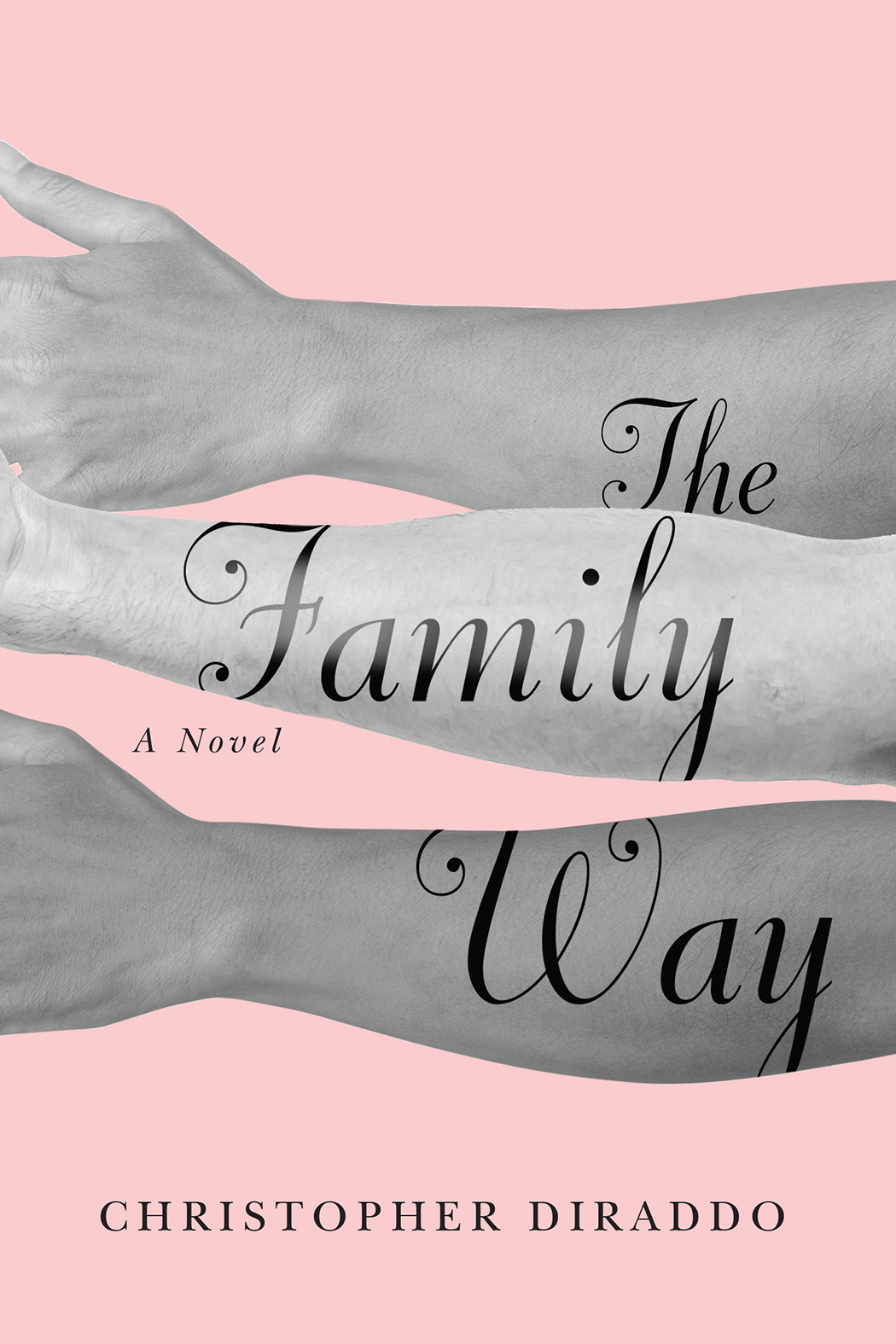
Credit: Véhicule Press
The characters in Montreal writer Christopher DiRaddo’s novels have followed paths that echo his own. In his latest, The Family Way (Véhicule Press), the protagonist, 40-year-old Paul, is asked by his friends Wendy and Eve to help them get pregnant. The journey causes Paul to think about his past and present, including his relationships with his father and his partner, Michael. In an interview, Matthew Hays asked DiRaddo about how attitudes toward queer parenting have changed over the decades.
“I cut my teeth working for gay Pride in the ’90s, and that was a part of our mission—change mainstream society’s perception of LGBTQ people. And we succeeded. Sorry, everyone! Like Paul, I helped good friends start their family. And when I tell people this now, I get so many smiles and questions. People are genuinely happy for me and my friends; they’re very curious about what the experience was like and what it’s like for the child. I don’t think I could have imagined this reaction in my 20s. Still, procreating is not for everyone. Even though many more queer people are doing it, many are not. I tried to show that in the book, too.”
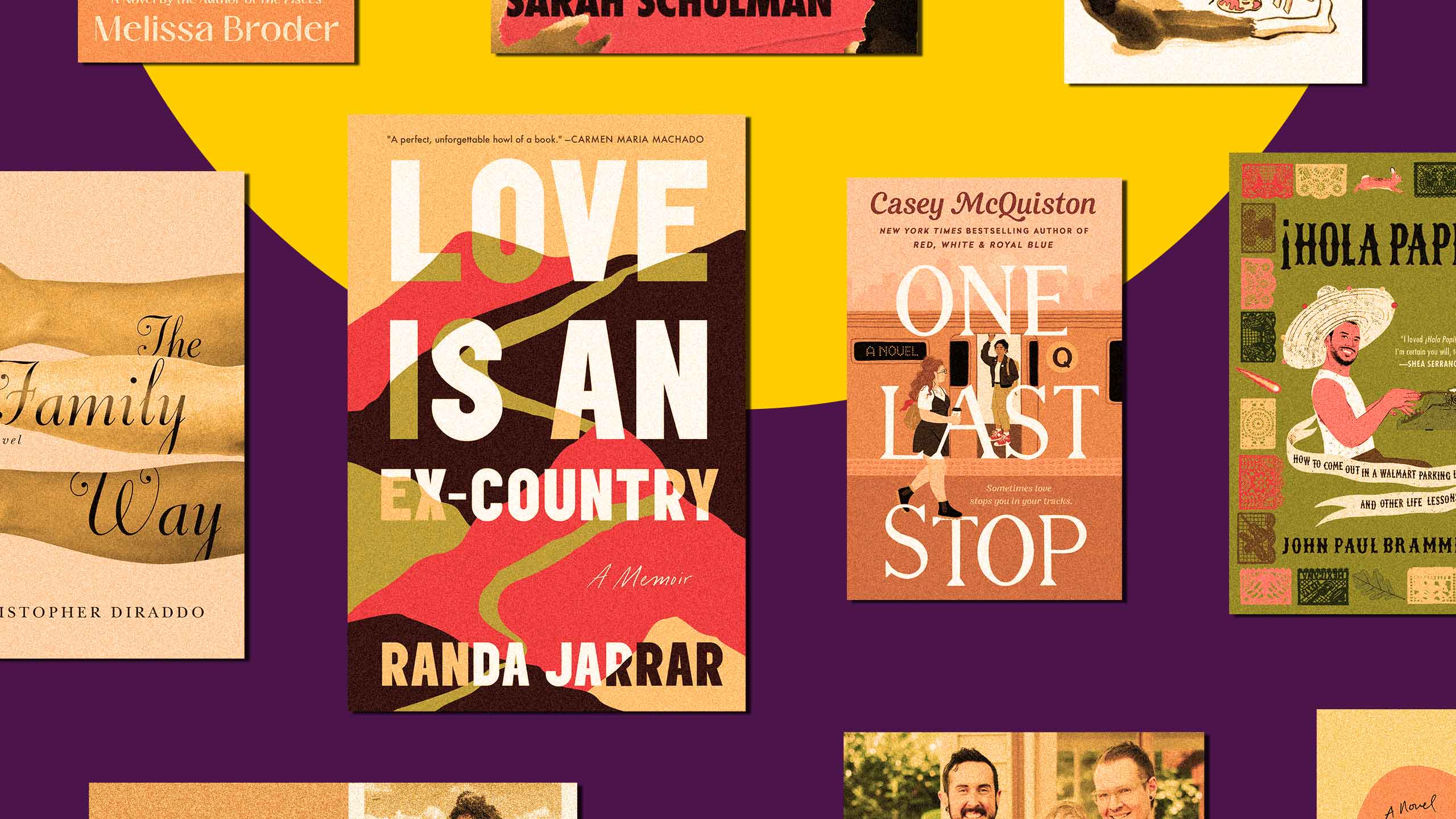

 Why you can trust Xtra
Why you can trust Xtra


